Writer, doctor, and Antarctic explorer Gavin Francis has written a travel book around the human body called Adventures in Human Being.
Profile Books
We asked him to tell us some things about our bodies and what happens when we try to fix them. This is what he told us:
When you have a kidney transplant, you end up with three kidneys in your body.
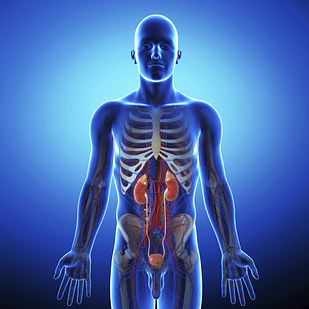
Thinkstock

Doctor Who / BBC / Via aminoapps.com
It makes for a more complicated operation to remove the faulty kidney, so they just plumb the new one in on top and insert it into the space above your hipbone. You’re just a bag of kidneys, essentially.
You’re awake during brain surgery, and will remember most of it.
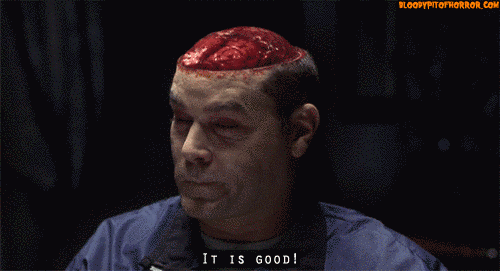
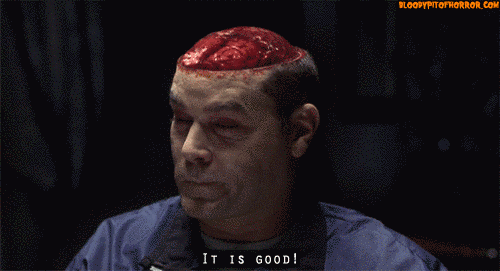
Hannibal / MGM / Via giphy.com
Your head is pinned into a brace with steel bolts so you can’t move it about. Anaesthetic is injected at the site of the bolts, but not in the brain because there are no pain receptors in the brain. You won’t feel them poking about at all.
A burst aorta can be plugged up with a surgeon’s finger who runs alongside the gurney as they transfer you and your open chest to the operating theatre.
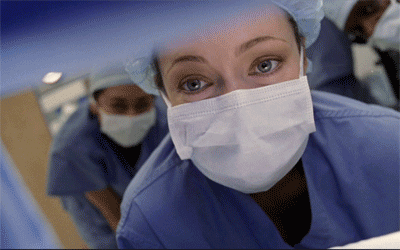
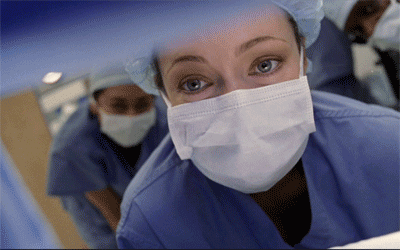
ER / NBC / Via giphy.com
The most dangerous surgeries you can have are the panicked, last-ditch attempts to save your life. This is just an example of one of those.
If your adrenal glands are accidentally squeezed during surgery, you can die from an overdose of adrenaline.
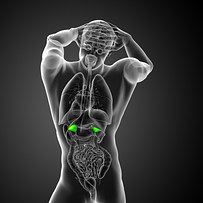
Thinkstock
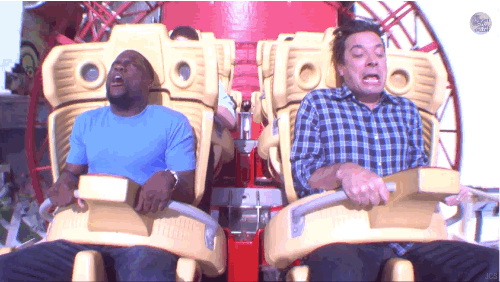
The Tonight Show Starring Jimmy Fallon / NBC / Via jaycspencer.tumblr.com
These glands lie just above the kidneys and occasionally grow tumours that pour out too much adrenaline so have to be surgically removed. It’s one of the most delicate abdominal operations because of the risk of death.
When there’s too much bleeding from a wound, surgeons pack it with dressings made out of seaweed.


The Shining / Warner Bros. / Via 1980s-90sgifs.tumblr.com
Seaweed is weirdly excellent at stopping bleeding.
A third of heart surgery patients wake up with a thing called “pump head” but no one knows why “pump head” happens.


Parks & Recreation / NBC / Via postgradnej.tumblr.com
“Pump head” is when you wake up from your heart surgery disoriented, with mood and memory problems. During surgery, your heart is bathed in a liquid to stop it beating, and while your heart is out of action your blood is circulated around your body by a machine pump.
The machine sucks up blood through massive needles inserted into your aorta, then pumps it back in, usually through the veins of the leg (arteries and veins are like plumbing, it doesn’t matter where you put the blood back in, as long as it’s flowing). For some reason, the brain does not like this, but it can’t tell us why.
Electroconvulsive therapy, or ECT, is still in use today.
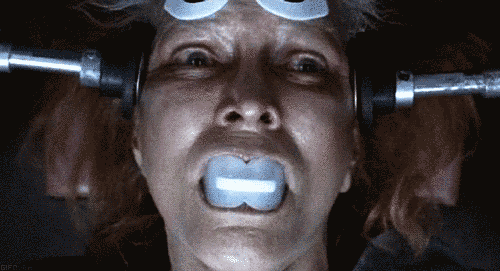
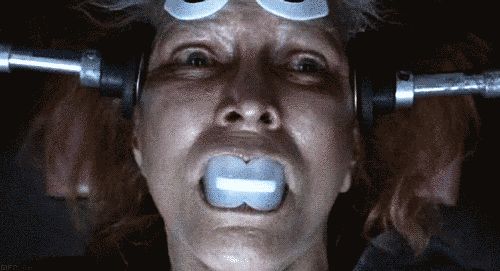
Requiem for a Dream / Protozoa Pictures / Via tumblr.com
ECT was developed by fascist psychiatrists in Mussolini’s Italy in 1938, trialled by the CIA in 1960s brainwashing experiments, and is that thing you’ve seen in loads of movies. Today it’s used in cases of severe depression and psychosis. It used to be practised in secret but now it’s openly audited.
The story of Sleeping Beauty might have a basis in truth – it’s possible to prick your finger on a rose thorn and then fall into a coma.


Sleeping Beauty / Disney / Via advanced-scribes.com
Blood poisoning spreads from the wound. This is the ONE TIME Disney didn’t lie to you.
It wasn’t doctors who figured out the way the eye works, it was astronomers.

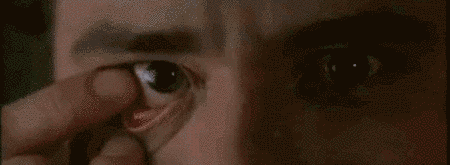
Ace Ventura: When Nature Calls / Warner Bros. / Via neogaf.com
In the 1600s astronomers realised that they wouldn’t be able to understand the stars unless they first figured out how we see. Isaac Newton experimented boldly by sticking a long blunt needle behind his own eyeball and wiggling it around. His plan was to study the effect of indenting his own retina from behind.
Replacement lenses are made of the same stuff Spitfire pilots got in their eyes when they were shot down out of the sky.


Friends / Warner Bros. / Via buzzworthy.mtv.com
Surgeons noticed that the tiny pieces of exploded aircraft that were embedded in their eyes caused no reaction. So now artificial lenses (the ones fitted after cataract operations) are acrylic, just like aircrafts.
Your artificial hip joint could have a new life as part of an aeroplane, a satellite, or the mechanism of a wind turbine.
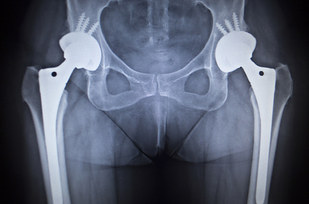
Thinkstock

Via gifsoup.com
Artifical hip and knee joints are made out of some of the most high performance alloys ever devised – chromium, cobalt, and titanium. Crematoriums collect them from the ashes and send them for recycling.
The first kidney dialysis machine was built by a Dutch physician during WWII with orange juice tins, a water pump from a car, and cellophane.


MAcGyver / ABC / Via jaana.tumblr.com
He had minimal access to any materials under the German occupation, and built it with whatever he could find, including cellophane, which had just been invented by sausage manufacturers.


















